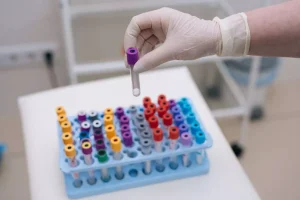
Liver transplantation for alcoholic liver disease is only considered in people who have completely avoided alcohol for 6 months. If the rosacea is not properly treated or controlled, within alcoholic nose a few years the nose can grow and become bulbous. Enlarged blood vessels and tissue overgrowth can cause disfigurement. It’s considered the most effective option for long-term success.

Ivermectin cream (a cream for mites) specifically targets the demodex and is often very useful in this type of Rosacea. Antibiotics from the local doctor can help and in resistant cases there are dermatologist restricted retinoids (like Vitamin A) available. Cortisone creams are best avoided as these can worsen the condition and even in some people cause a rosacea-type of rash.

Several surgical techniques have been described in the management of rhinophyma. The main principle is shaving the redundant tissue while avoiding damage to the underlying cartilage. The depth of shaving should leave enough skin adnexal structures at the wound surface to allow proper healing by secondary intention.
While some people may experience flushing or redness when they consume alcohol, this doesn’t mean those people all suffer from rhinophyma. Wrong assumptions based on similar traits, such as flushed skin after drinking, have led to misinformation about the true causes of the condition. In the past, and even in modern times, rhinophyma was largely considered to be a side-effect of alcoholism or alcohol use disorder. Someone who has a bulbous, swollen red nose may suffer from incorrect judgments and assumptions about their character and substance use habits.

Contact your provider if you have symptoms of rhinophyma and would like to talk about treatment. Our addiction treatment programs are designed just for women to have the availability and get started on the healing process right away. Every program can assist you in managing your needs accurately.